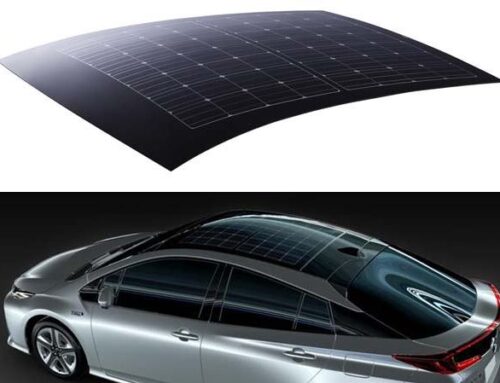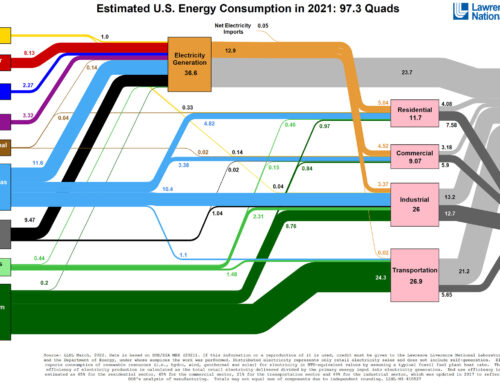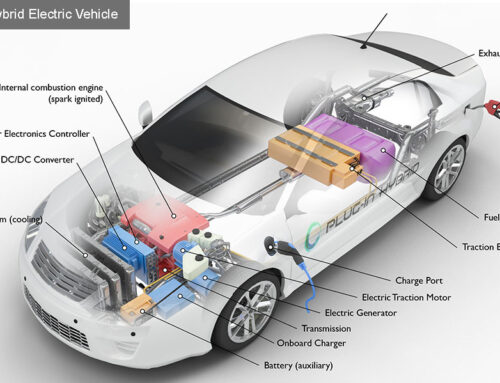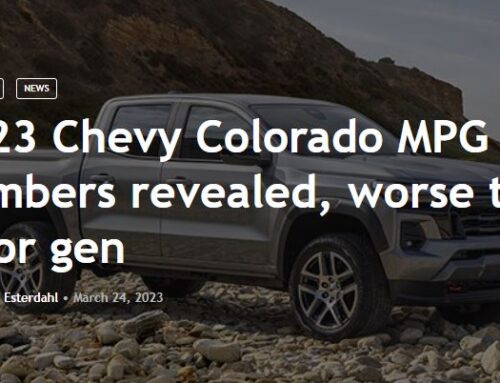Powering Homes With Electric Vehicles: Are We There Yet?
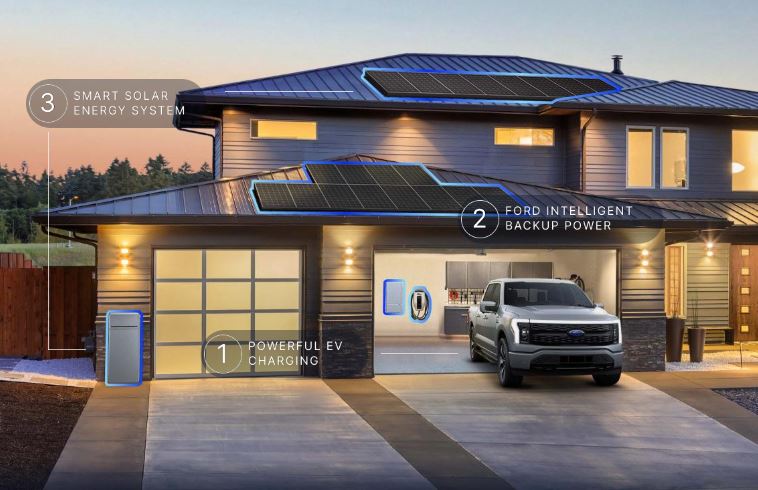


From compact cars to large, robust trucks, the landscape of electric vehicles (EVs) is rapidly diversifying, ushering in a new era of electric mobility. With battery capacities skyrocketing to a staggering 200 kWh in some electric trucks, these vehicles are turning into sizeable mobile power hubs. But beyond just driving, these changes promise a transformative influence on how we perceive and use energy.
EVs today are not just about transportation; they’re potentially mobile power stations. The implications are enormous.
Powering Homes with EVs: The Dichotomy of Utility and Endurance
Editor’s Note: Now that we will have huge electric batteries in our cars, wouldn’t that make a home battery unnecessary? This is a great question! The short answer is, even though I prefer to buy less, and mine less minerals, we here at SEG would still recommend a battery or some form of backup power for your home aside from depending on your vehicle only. It’s all about resiliency, economy, redundancy and energy independence.
One of the most intriguing applications of EVs with large batteries is their potential to power homes, particularly during power outages. Given that an average American home consumes approximately 30 kWh of energy per day, an electric truck with a large battery capacity could theoretically support a home for multiple days. But while this potential sounds impressive, it does present significant challenges:
- Battery Life Cycle: Using the EV as an auxiliary power source increases battery cycles, potentially shortening its overall lifespan.
- Driving Range: If a significant amount of the EV’s battery is used to power a home, the driving range could be compromised, affecting the vehicle’s primary function – mobility.
- Charging Time: With battery capacities increasing, the charging time is also increasing correspondingly. Charging a massive 200 kWh battery from home could take between 12-14 hours, necessitating a careful consideration of charging strategies.
The added utility of EVs as power backup is tantalizing, but it’s a delicate balancing act between utility, endurance, and longevity
Solar Energy Policies: A Need for Reformation
To support EV adoption and sustainability, home solar installations are the most reliance and energy independent option for energy. But as the size of EV batteries increases, so too does the solar capacity needed to charge them efficiently. Current regulations, particularly in solar-rich states like California, impose limitations on the size of home solar installations, and these limits may need revisiting.
Policies need to evolve with the technology. If EVs are to be charged sustainably, larger solar installations will be necessary. It’s a policy issue that needs urgent attention
The Future of Battery Production: Emphasizing Sustainability
The anticipated surge in EVs also signifies a boom in battery demand, underscoring the urgent need for sustainable and ethical battery production practices. The industry’s reliance on cobalt, a mineral often associated with conflict mining, needs addressing.
Sustainability in EVs extends beyond zero tailpipe emissions. The EV revolution will only be genuinely green when the batteries that power these vehicles are produced ethically and sustainably.
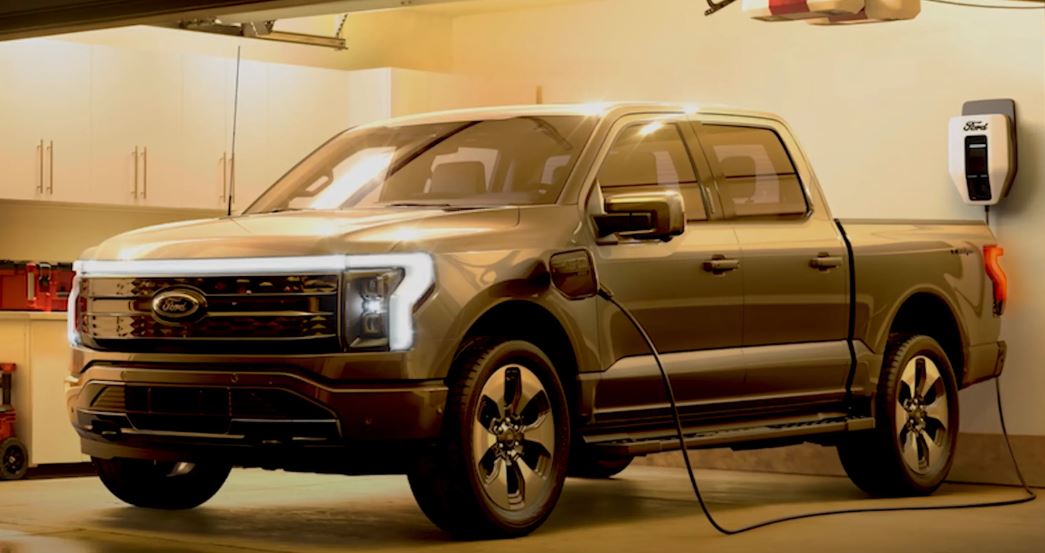


Concluding Thoughts: Unpacking the Future of Energy
In summary, EVs—particularly those with large batteries—are more than just vehicles; they’re significant pieces in the future energy puzzle. While this evolution opens up exciting possibilities, it’s a transition that comes with its share of complexities. Navigating these challenges effectively will help realize the true potential of EVs in our quest for a sustainable and energy-efficient future. The journey has begun, and it promises to be a fascinating one.
Especially as we try and “game” or triage the soaring costs from utilities like PG&E.


